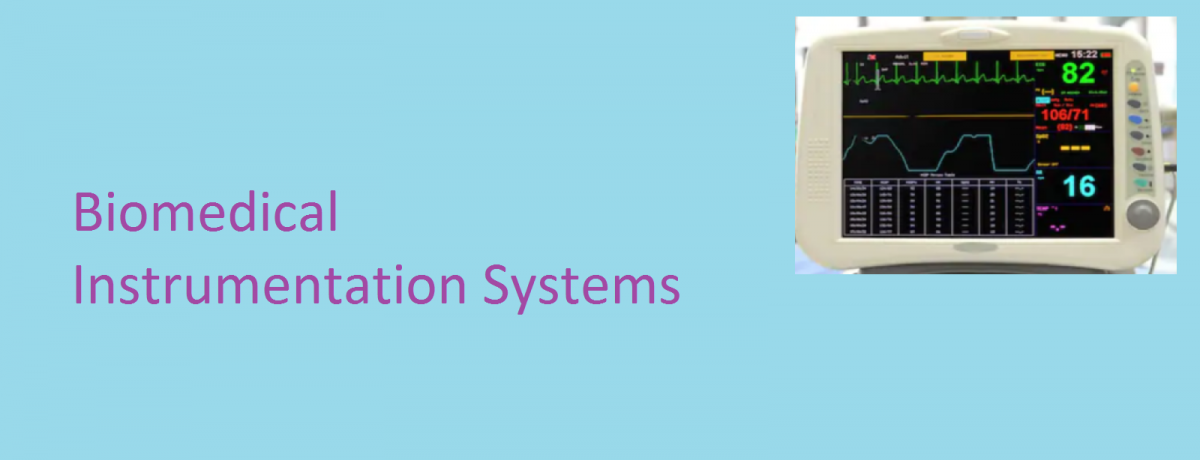We may categorize electrodes into two possible types albeit theoretically: those that are perfectly polarizable and those that are perfectly non-polarizable. This categorization is based on what happens to an electrode when a current passes between it and the electrolyte. … Read More
Tag: Biomedical sensors and transducers
Principle for Measurement of Partial Pressure of Carbon Dioxide
Basic Features of Intravascular Fiber Optic Blood Gas Sensor
Intra-arterial blood gas sensors usually use a single or double fiber configuration. Typically, the matrix containing the indicator is attached to the end of the optical fiber. Because the solubility of O2 and CO2 gases, as well as … Read More
Commonly used EEG Electrodes
The most commonly employed electrodes for recording electroencephalographic signals from the brain (EEG) are cup electrodes and subdermal needle electrodes. Cup electrodes are fabricated from platinum or tin approximately 5-10 mm in diameter. These cup electrodes are filled with a … Read More
The Principles of Microbial Biosensors
Introduction
The underlying basis of a microbial biosensor is the close proximity between an immobilized microorganism that serves as a specific recognition element and an electrochemical or optical sensing transducer that is used to convert the biochemical signal into an … Read More
The Operation of Fiber-optic Based Blood Gas Sensors
To perform in vivo measurements and to steadfastly analyze blood gases, a small, stable, accurate and bio-compatible sensor is needed that can be inserted in the blood flow of an artery through an arterial cannula and remain in place for … Read More
The Principle of Surface Plasmon Resonance Sensors for Detection of Antibody & Antigen Interactions
Key Properties of Bioelectrodes
To record biopotentials, an interface is required between the electron-conducting copper wires connected to signal conditioning amplifiers and the ion-conducting environment of living organisms. Electrodes form this interface.
Some of the several kinds of electrodes are better than others … Read More
Basic Features of Enzyme Based Biosensors
Enzymes are the commonly used biological sensing element in the fabrication of various biosensors. Enzymes have unique properties and ability to accelerate chemical reactions inside biological cells. Most enzymes react only with specific substrates even though they may be contained … Read More
Fleisch Pneumotachometer Operation & Biomedical Application
Fleisch Pneumotachometer is one of the most common types of airflow transducers. It consists of a straight short-tube with a fixed screen obstruction in the middle that produces a slight pressure drop as the air is passed through the … Read More


